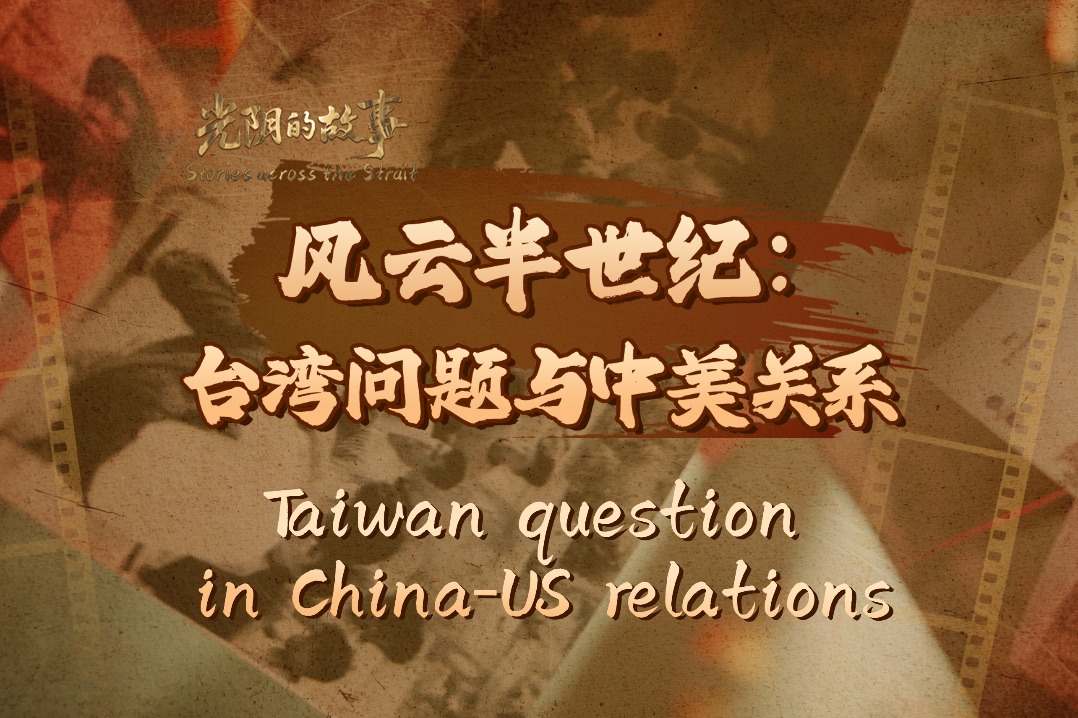Xinjiang makes new miracles in battle against desertification: white paper

BEIJING -- The battle against desertification on the fringes of the Taklimakan Desert in China's Xinjiang Uygur autonomous region has been stepped up, with the desert now entirely encircled with a sand-blocking green belt stretching 3,046 km -- the longest in the world, said a white paper issued by the State Council Information Office on Friday.
Xinjiang upholds the principle that lucid waters and lush mountains are invaluable assets, and takes a holistic and systematic approach to the conservation and improvement of mountains, rivers, forests, farmlands, lakes, grasslands and deserts, constantly strengthening its capabilities in safeguarding eco-environmental security, according to the white paper titled "CPC Guidelines for Governing Xinjiang in the New Era: Practice and Achievements."
Large-scale greening programs have been rolled out in a well-planned manner, including developing shelterbelt networks in northwest, north and northeast China, which has seen the forest coverage rate increase from 4.24 percent in 2012 to 5.07 percent in 2024, noted the white paper.
Oasis area has expanded by 56.6 percent over the past three decades. Xinjiang's accelerated green transformation can also be seen in the region's active efforts to peak carbon emissions and achieve carbon neutrality, with carbon dioxide emissions per unit of GDP continuing to drop, it said.
- Chinese scientists develop 'NeuroWorm' fiber for neural monitoring
- China central government allocates more than 4 trillion yuan to Xinjiang since 2012: white paper
- Xinjiang guarantees religious freedom, lawfully administers religious affairs: white paper
- Shanghai Education Commission addresses school lunch safety concerns
- China-Singapore forum advances green development cooperation
- WDCC 2025 to spur creativity and innovation in Shanghai, abroad




































